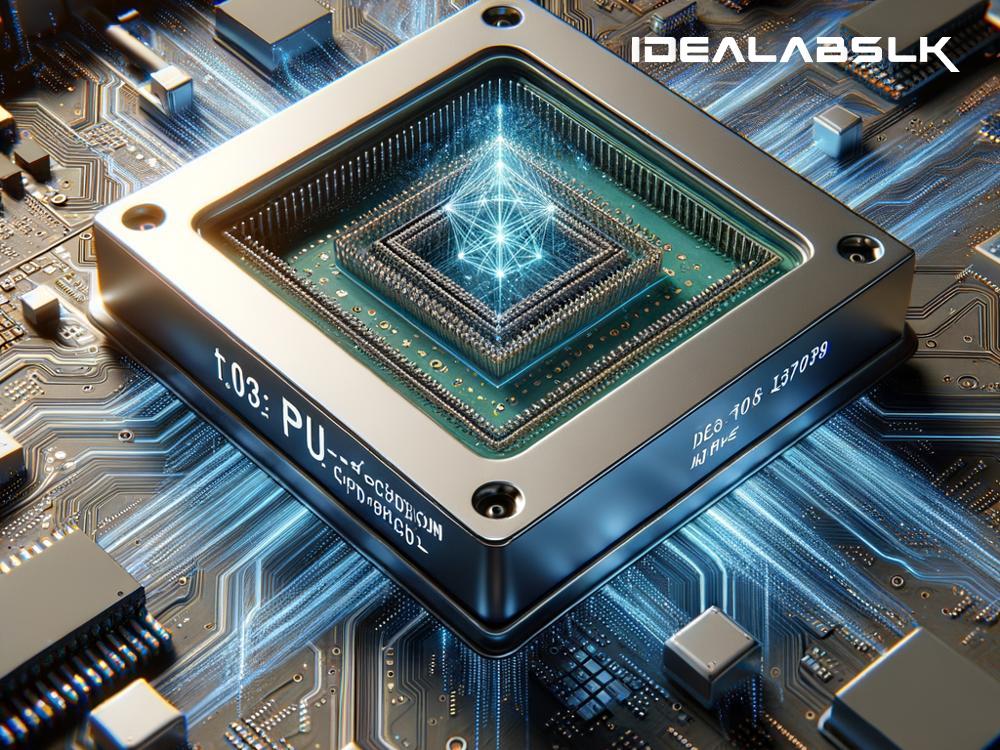Unlocking the Future: How Tensor Processing Units (TPUs) Revolutionize AI Performance
In today's digital era, artificial intelligence (AI) is rapidly transforming industries, from healthcare and finance to entertainment and beyond. At the heart of AI’s evolution are powerful computing devices that crunch vast amounts of data, helping machines learn and make decisions faster and more accurately. Among these devices, Tensor Processing Units (TPUs) stand out as revolutionary tools that push the boundaries of AI performance.
Let’s embark on a journey to understand what TPUs are, how they differ from other processors, and why they are pivotal in advancing AI capabilities.
What are TPUs?
Imagine you’re painting a masterpiece, but instead of a single brush, you have hundreds that paint simultaneously, completing your artwork in record time. TPUs work on a similar principle. Created by Google in 2016, TPUs are specialized hardware designed specifically to accelerate machine learning tasks. They are like highly skilled artists that specialize in the art of processing AI algorithms efficiently.
TPUs vs. CPUs and GPUs
To appreciate TPUs, it’s essential to understand the landscape of computing hardware. Traditionally, Central Processing Units (CPUs) have been the brains of computers, capable of performing a wide range of tasks. Think of them as general practitioners in medicine. However, when it comes to intensive AI tasks, CPUs can be slow.
Enter Graphics Processing Units (GPUs), originally designed to handle the graphics demands of video games. They are akin to specialists in radiology, focusing on image-related tasks. GPUs can process many operations simultaneously, making them better suited for AI tasks than CPUs.
TPUs then are the super-specialists, designed specifically for the high-speed computation of tensor operations, the heart of machine learning algorithms. They excel in the deep learning processes central to AI advancements today.
How TPUs Advance AI Performance
-
Speed and Efficiency: TPUs are engineered to handle specific tasks incredibly quickly. They can process massive data sets in parallel, speeding up the time it takes for AI models to learn from data. This rapid processing capability means AI systems become smarter, faster.
-
Energy and Cost Efficiency: The specialized nature of TPUs allows them to perform tasks with astonishing efficiency, consuming less power and generating less heat. This energy efficiency translates into cost savings, making advanced AI more accessible.
-
Scalability: With cloud-based platforms, TPUs can be connected to scale AI projects according to need. Whether it's processing millions of transactions or analyzing vast datasets, TPUs can grow with the task, ensuring AI projects are not bottlenecked by hardware limitations.
The Impact on AI Development and Applications
The advent of TPUs marks a significant milestone in AI development. Researchers and developers can now experiment and iterate on AI models with unprecedented speed, paving the way for innovations that were once considered futuristic.
In healthcare, for example, TPUs are transforming how we diagnose diseases, with AI models trained to identify patterns in medical imaging faster and more accurately than ever before. In environmental science, TPUs are accelerating climate models, helping scientists predict changes more accurately and devise better strategies for conservation. The list of applications is endless, from autonomous vehicles navigating complex environments to personalized AI tutors revolutionizing education.
Conclusion
TPUs are not just another advancement in computing hardware; they are a leap towards realizing the full potential of artificial intelligence. By significantly boosting the speed, efficiency, and scalability of AI operations, TPUs are enabling breakthroughs that could reshape our world. As we stand on the brink of this AI revolution, it's clear that TPUs will be at the forefront, powering the innovations that once lived only in our imaginations.

